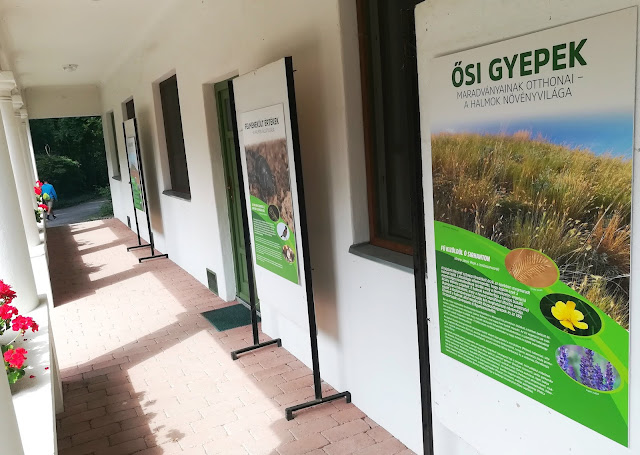 Legújabb cikkünkkben a kunhalmokon élő hangyaközösségek diverzitását és funkcionális összetételét vizsgáltuk az élőhelyi és táji faktorok függvényében.
Legújabb cikkünkkben a kunhalmokon élő hangyaközösségek diverzitását és funkcionális összetételét vizsgáltuk az élőhelyi és táji faktorok függvényében.
Deák, B. & Báthori, F., Lőrinczi, G., Végvári, Z., Nagy D., D., Mizser, S., Torma, A., Valkó, O., Tóthmérész, B. (2021): Functional composition of ant assemblages in habitat islands is driven by habitat factors and landscape composition. Scientific Reports 11: 20962. doi: 10.1038/s41598-021-00385-5
A kézirat szabadon hozzáférhető és letölthető a folyóirat honlapjáról, ide kattintva.
A közlemény összefoglalója az alábbiakban olvasható.
Abstract
Fragmented natural habitats within human-transformed landscapes play a key role in preserving biodiversity. Ants as keystone species are essential elements of terrestrial ecosystems; thus, it is important to understand the factors influencing their presence. In a large-scale multi-site study, we surveyed ant assemblages using sweep netting and D-vac sampling on 158 ancient burial mounds preserving grassland habitats in agricultural landscapes in East-Hungary. We asked the following questions: (1) How do habitat factors and landscape composition affect species richness and functional diversity of ants? (2) Which ant traits are affected by habitat factors and landscape composition? Despite their small sizes, mounds as permanent and relatively undisturbed landscape elements could provide safe havens for diverse ant assemblages even in transformed agricultural landscapes. The complex habitat structure of wooded mounds supported high species and functional diversity of ant assemblages. Ant species on wooded mounds had small or medium-sized colonies, enabling the co-existence of more species. The effect of landscape composition on ant assemblages was mediated by habitat factors: steep slopes buffered the negative effect of the cropland matrix and enabled higher ant diversity.
 |
| Mintaterületeink most is kunhalmok voltak :) Az ábra mutatja a megmintázott 158 halom elhelyezkedését és néhány jellegzetes halom élőhely-képét. |














